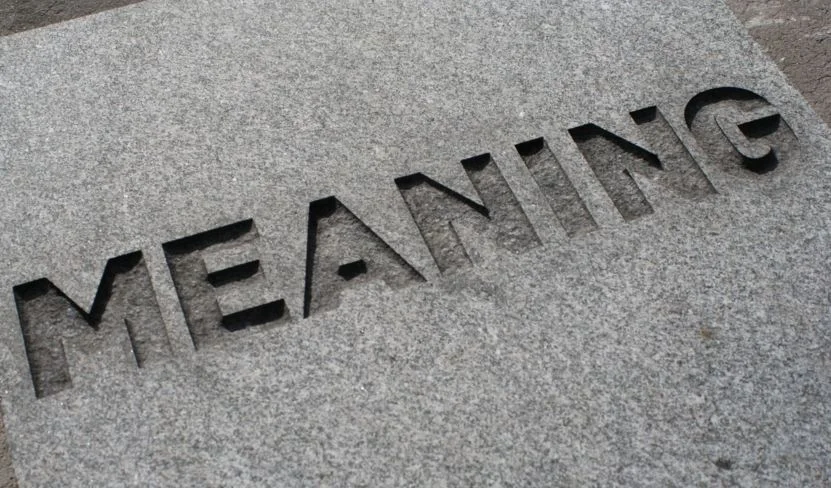Cognitive biases screw up everyone’s thinking. They make us more afraid of flying than driving. They stop the U.S. enacting universal health care. And they convinced Tony Blair and George W. Bush that the Iraq War was a great idea, even when we knew it wasn’t. In short, cognitive biases make us less logical, less rational and less efficient decision makers. All of this applies to teachers too. Here are five cognitive biases that screw up your thinking in the classroom and why they stop you from being a better teacher.
3 Important Lessons Teachers Can Learn From Barack Obama
What do you think of when you hear the name Barak Obama? Some think race. Some think drone war. Some think health care. I like to think education. Here are my three favorite Obama quotes and what they mean for teachers.
Grammar isn’t about rules. It’s about meaning.
Yesterday, I was Cc’d in an email. My coworker, Annie, (who handles all the online payments in our department) emailed our mutual boss, Gary. The email read,
“Hi Gary, Ross is asking me to pay the website fee for 149.95USD, but the bank is asking for a verification code to complete the payment. What should I do? Thanks, Annie”
I read this and thought, ‘what a bitch....
THE SOUND OF LEARNING
Listen. You can’t hear learning taking place, can you? You can’t hear the cogs in students’ brains turning as they try to get their heads round a new language concept, can you? You can’t hear the humming of a learner’s’ brain as they internalize a new word, can you? Well, I think you can. The best classes I’ve ever observed and taught all had this sound in abundance. You’ve heard this sound before. You know what it sounds like. What’s the sound?
WHY BOTHER WITH FEEDBACK?
A few days ago I observed a class. The students were engaged, spoke lots of English, stayed on task and laughed when the teacher made jokes. There was just one thing missing. The thing that learners desire above all else. Feedback.
As soon as the lesson finished, I thanked the teacher for letting me observe and asked her if she’d like to chat about the class. “Absolutely,” she said, “I’d love to get some feedback.”
THE 3 MOST IMPORTANT WORDS IN ENGLISH
Last summer, somewhere 37,000ft above the Middle East, in line for the bathroom, I overheard these words: "They're so rude. They never say please or thank you."
You get no prizes for guessing who the flight attendant was complaining about: the hapless Chinese passengers on the VS251 from Pudong to Heathrow.
KNOW YOUR AUDIENCE
In one of his TED talks, Wade Davis tells how in 1957, five missionaries attempted to contact the Waorani tribe in North Eastern Ecuador and made a critical mistake. They airdropped 8”x10” glossy photos of themselves in what they considered to be friendly gestures, but forgot that the rain-forest tribesmen had never seen anything two dimensional before in their lives. Picking up the photos from the forest floor, and failing to find the figure behind the form, the tribesmen concluded that the photographs had to be calling cards from the Devil. When the missionaries arrived a few weeks later, they were speared to death. The moral of the story? Know your audience. Here are three things I have learned about my audience, Chinese students, now the world’s largest TEFL audience, over the last decade










